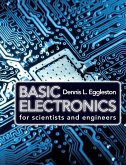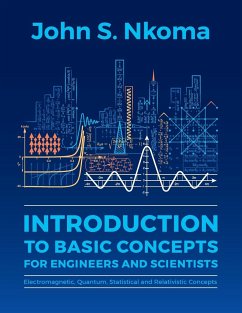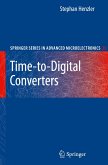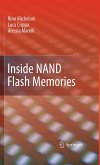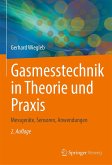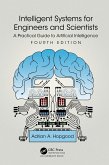While an understanding of electronic principles is vitally important for scientists and engineers working across many disciplines, the breadth of the subject can make it daunting. This textbook offers a concise and practical introduction to electronics, suitable for a one-semester undergraduate course as well as self-guided students. Beginning with the basics of general circuit laws and resistor circuits to ease students into the subject, the textbook then covers a wide range of topics, from passive circuits to semiconductor-based analog circuits and basic digital circuits. Exercises are provided at the end of each chapter, and answers to select questions are included at the end of the book. The complete solutions manual is available for instructors to download, together with eight laboratory exercises that parallel the text. Now in its second edition, the text has been updated and expanded with additional topic coverage and exercises.
Bitte wählen Sie Ihr Anliegen aus.
Rechnungen
Retourenschein anfordern
Bestellstatus
Storno


